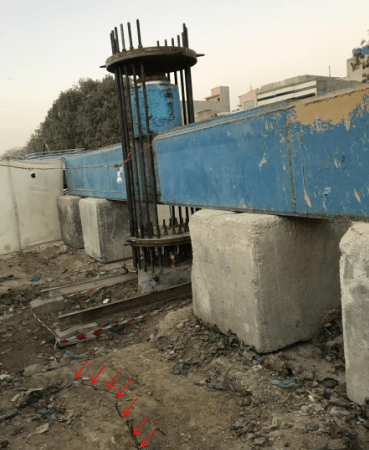I have a requirement to conduct a tension pile load test for a test load of around 650tons. I want to know the most reliable way of tying the pile to the test beams for the pull. Recently I tried using prestressing cables for a test load of 515tons. The problem in using these is the elongation. The hydraulic jack a has limited stroke and the cables are pretty elastic. I am planning to make threads on the pile reinforcement and using bolts to make the pull. but I am not sure how to design the threads and the bolts. Can anyone help?
Tek-Tips is the largest IT community on the Internet today!
Members share and learn making Tek-Tips Forums the best source of peer-reviewed technical information on the Internet!
-
Congratulations JStephen on being selected by the Eng-Tips community for having the most helpful posts in the forums last week. Way to Go!
Tension Pile Load Test 1
- Thread starter mbilal89
- Start date

